The Great House in Dedham: 'How wonderful it would be. The world could be beautiful again'
The architect Raymond Erith's first major work of his career subtly transformed The Great House in Dedham, Essex, to create a design poised between past and present, as Alan Powers explains.
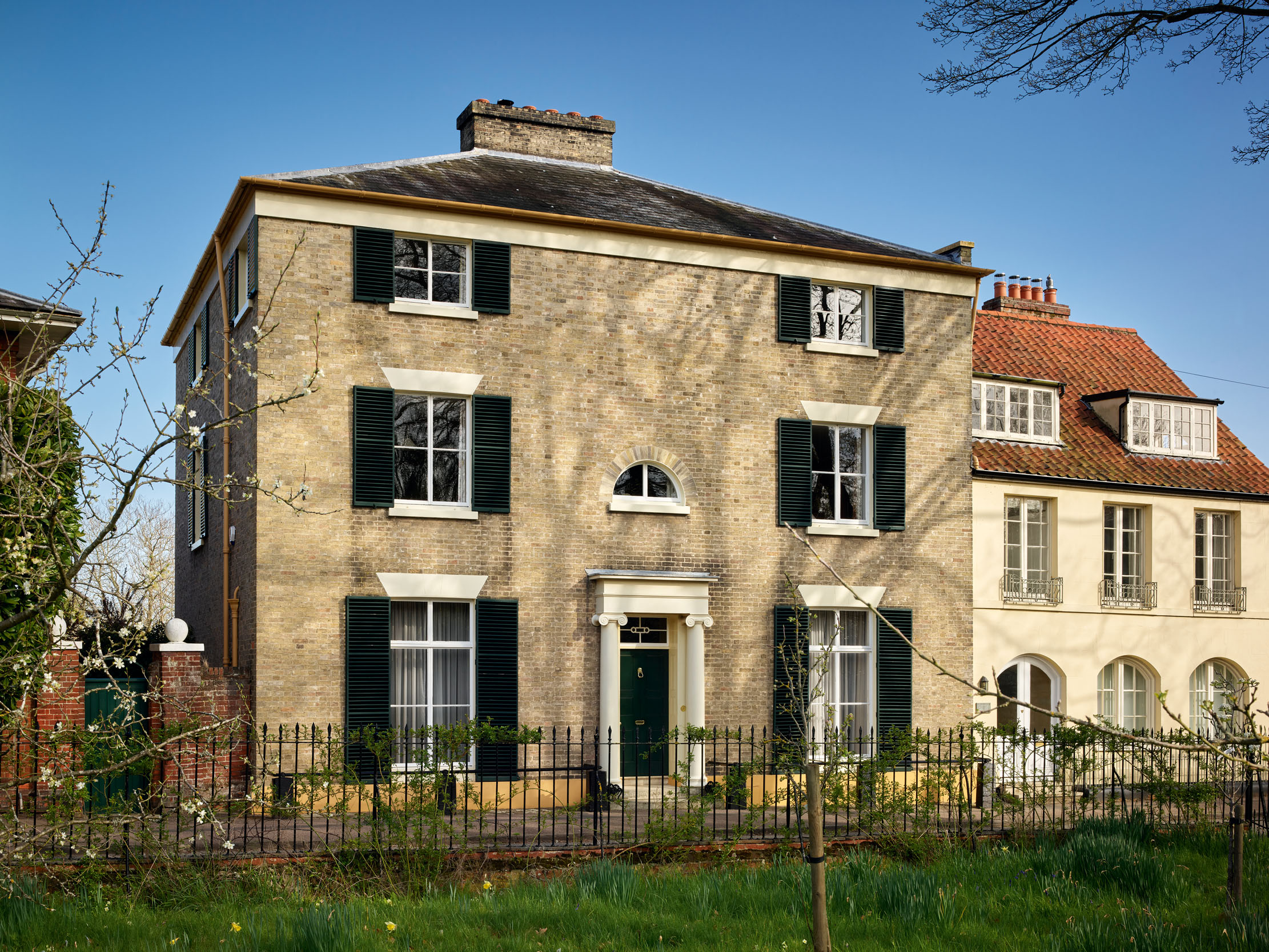
Dedham can seem slightly out of this world — a picture-perfect Essex village where the curve of a long High Street meets the route to the Stour. The river forms the county boundary with Suffolk, where mills and locks provided a lifetime of pictorial memories for the local artist, John Constable. Dedham is ‘a village as lovely as any in East Anglia’, as Arthur Oswald wrote when introducing an article on Great House in Country Life, November 10, 1950.
In 1936, nearly 100 years after Constable’s death, a midnight fire caused by an electrical fault destroyed one of the timber-frame houses towards the western end of the High Street. As had others forming the varied frontages along the south-facing pavement, the original Great House had been modernised, with the regular classical façade of white Woolpit bricks, in about 1750 (a brick is inscribed 1746), obscuring the L-shaped hall house within. Raymond Erith, a young architect who had recently arrived to live in Dedham, hastened to the scene in his dressing gown, concerned for the safety of the house next door, where he was then carrying out repairs for his aunt. Within two years, a replacement house to his designs had arisen on the site that, to a casual eye, looked as if it had been there all the time.
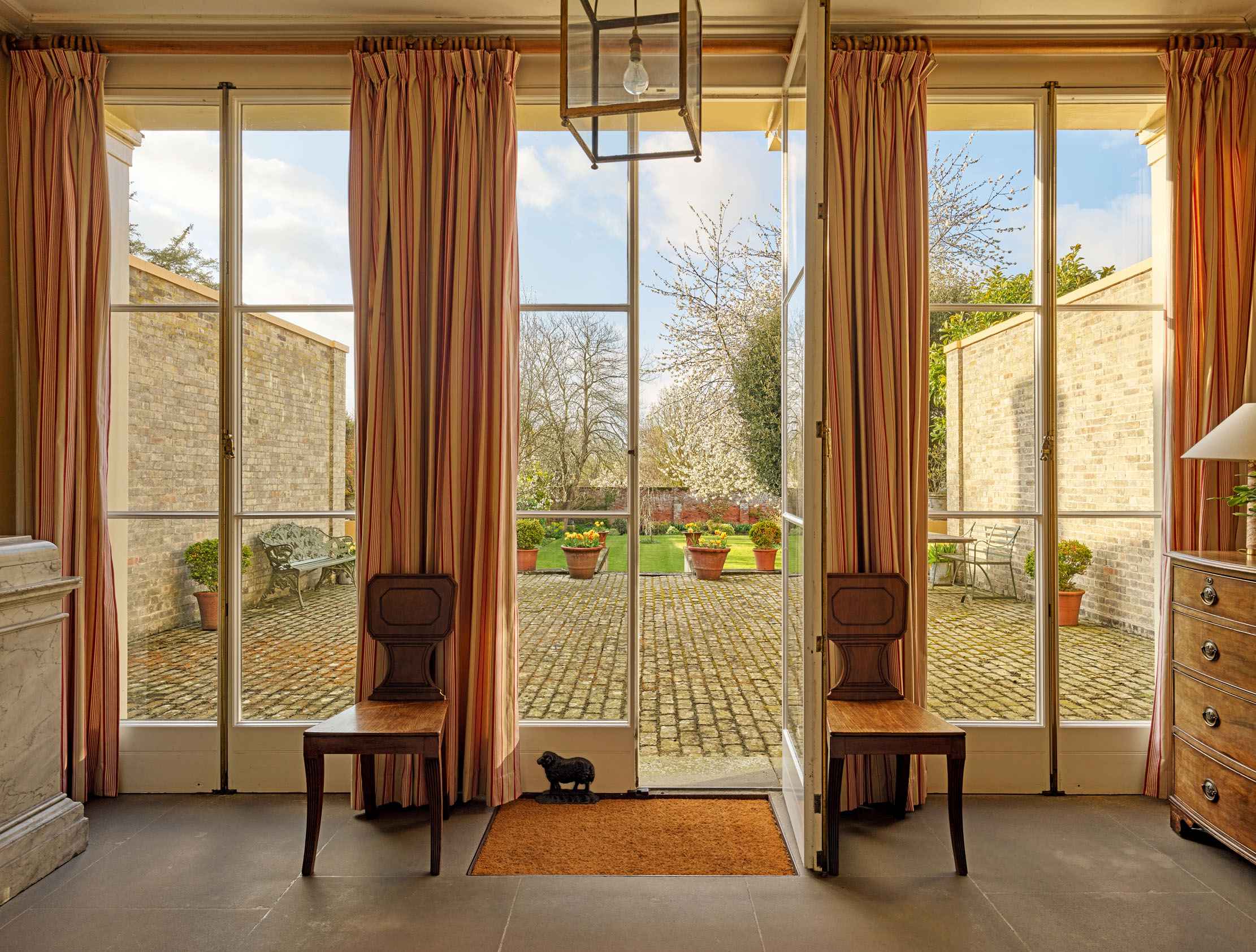
Great House, named after its precursor, was the first substantial work of this future Royal Academician, whose name is revered by a small, but fervent following. On his marriage to a fellow architect, Pamela Jackson, in 1934, the suburban-raised Erith moved to Dedham to satisfy his love of the country. Here he remained for the rest of his life and, although he never lived at Great House, it has always been closely connected with his family.
The clients for the rebuilding were his parents-in-law, Spencer and Elsie Jackson, who decided to move to the village for their retirement. In the 1960s, Erith’s second daughter, Lucy, came to live here with her husband, Michael Archer, and their two children, at first sharing the house with Lucy’s widowed grandmother. Michael, a curator and expert on ceramics and glass, was able to commute to London from here for his job at the V&A Museum and it became their home.
Great House was a practical solution to filling the gap in the High Street, providing a handsome house with an established garden and views from upstairs to the rising hills on the Suffolk side of the Stour. After toying with a plan aligned along the street, Erith settled on a compact, square, villa shape (Fig 1).
Initially, he conceived it as two storeys over the surviving cellars, with attic rooms above. The attic was then changed into a second floor of bedrooms, all beneath a pyramid roof rising to a central chimney stack. What remained constant, in the teeth of the local council’s ambitions for road widening, was the insistence on keeping the building tight to the pavement edge, with low iron railings to either side of the door, where two anthemion boot scrapers, salvaged after the fire, grace the doorstep.

To understand why this is not simply another neo-Georgian job of the kind still common in the 1930s, it is necessary to know more about Erith and his response to architecture in his time. Born in 1904, he suffered from childhood illness and was largely self-educated, fascinated by buildings and skilled at drawing. Solitude gave him a questioning and independent mind.
Exquisite houses, the beauty of Nature, and how to get the most from your life, straight to your inbox.
He entered the Architectural Association School in London at the age of 17, where the curriculum, continuing from Edwardian times, was based on Classicism, then the dominant style in Europe and America. Things were changing, however, and some fellow students were excited by the idea of a functional modern style that would reject the past.
Erith found much of his design training superficial, but he did not see Modernism as a valid alternative, finding it poorly argued and limited in artistic possibilities. Instead, he wanted to reason out architecture from first principles and thus to find the point where construction and visual imagery converged to create beauty, in harmony with Nature and the sense of place, not excluding overtones of mythical strangeness, magic and even humour.

These aspects he discussed by letter with some of his clients and trusted mentors, as revealed in the invaluable monograph on her father that Lucy Archer published in 1985 and, in briefer form, in the catalogue of an exhibition held at the Sir John Soane’s Museum in 2004.
The result in design terms over the four decades of his career was an architecture that never shocks and frequently charms, but is seldom without some strangeness for the eyes of the informed observer. As Oswald observed, ‘while paying deference to the Georgian context, Mr Erith has designed a house that is unmistakably 20th century’.
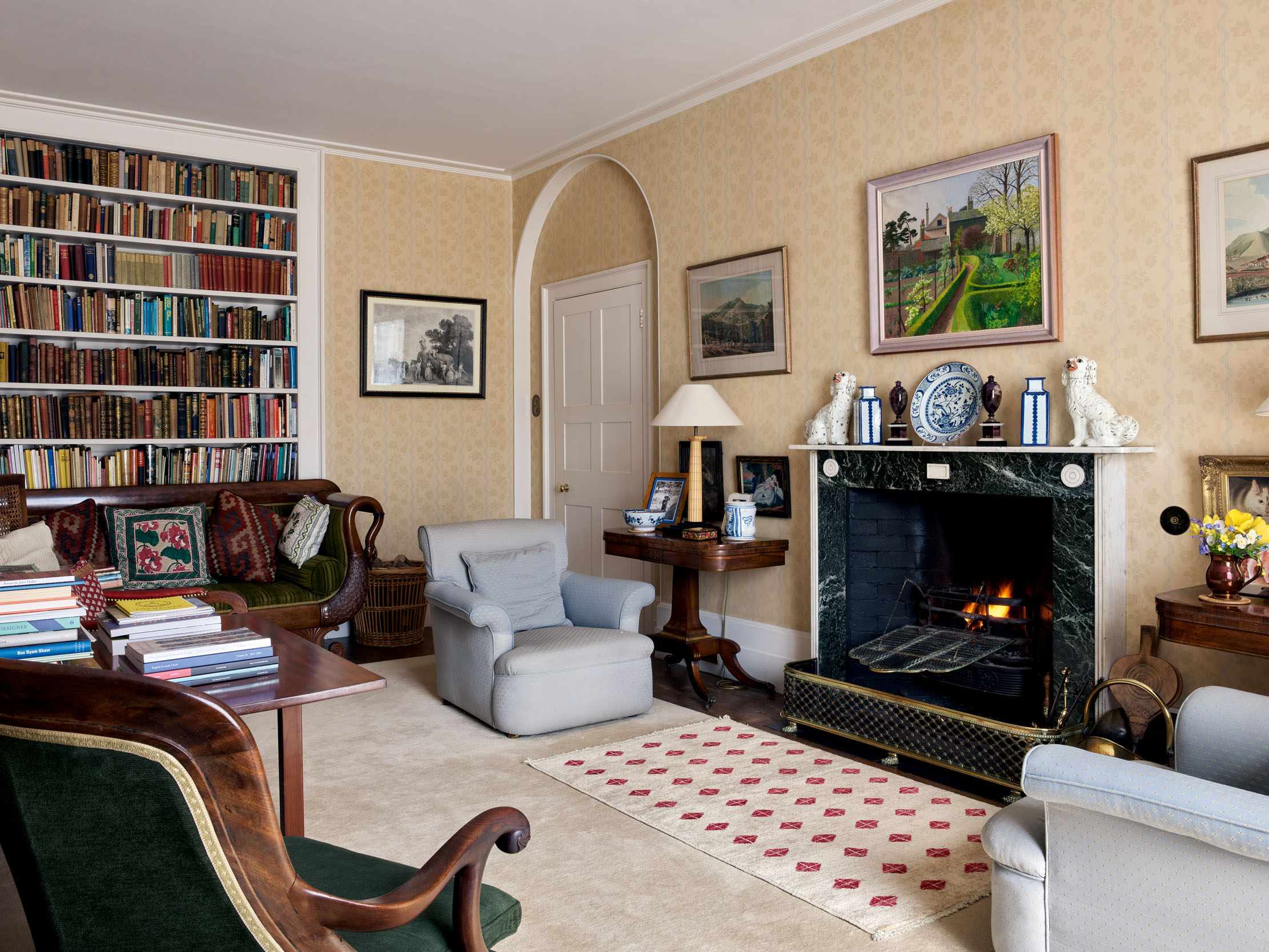
At Great House, this strangeness begins quietly on the street. The windows are tall, inward-opening casements, with external shutters, a combination rare for England. The shutters enhance the proportions of the elevation, although they are not often used. A semi-circular window on the centreline above the door is not a common feature of the Regency, but neither is a bathroom for which this provides light, well raised for privacy, although the orchard forming part of the property across the road hardly allows for snooping. The blank brick area above it seems almost provocative, but the plan does not call for any opening here, although an early sketch shows a pediment gable with a Venetian window for the attic storey then proposed.
Many bricks had been salvaged after the fire and were supplemented by further ones from a demolished building in Ipswich. They are laid with perfect regularity, providing a colour contrast with the red-brick house next door. From this flat surface, the doorcase of timber with cast cement columns stands forward, a graceful Ionic substituted for a Doric predecessor and meticulously drawn out at full size for the joiner. Echoing all the other details in the house, the entablature is without any figurative ornament. In the fanlight over the door, the house name is etched into clear glass, as it would have been in the 1830s.
On the garden front, the architecture strikes a less conventional note. The Doric order, in primitive form as favoured by Soane and his contemporaries, frames a three-bay, floor-to-ceiling window, where, instead of a room, a hall (Fig 2) brings light into the central barrel-vaulted passage from the front door, all floored with stone flags, leading onward from the street to the garden (Fig 5).

In a quirky detail, recesses like eyebrows open above the entablature beneath shallow relieving arches (Fig 3) — a detail more akin to Gothic Revival ‘revealed construction’ than to the fictions of the Regency builder. As the eye travels up the rear elevation, window openings do the work, always strictly aligned to the plan, including the two circular openings for a bathroom and loo. This rear elevation is raised on a stage-like terrace created from the spoil of the old house, flanked by narrow wings that contain service functions. Operas performed here for an audience seated on the lawn would be quite possible.
Despite its name, Great House is compact in its planning, rather more, perhaps, than many supposedly functional modern houses of the same date. On the ground floor, the drawing room (Fig 7) and dining room (Fig 8) flank the central passageway. The drawing room has doors fore and aft to allow guests to circulate through the house to dinner. One of the most charming interior spaces is the bathroom with the half-round window, where the bathtub sits in a shallow arched opening on the centreline of the house plan.
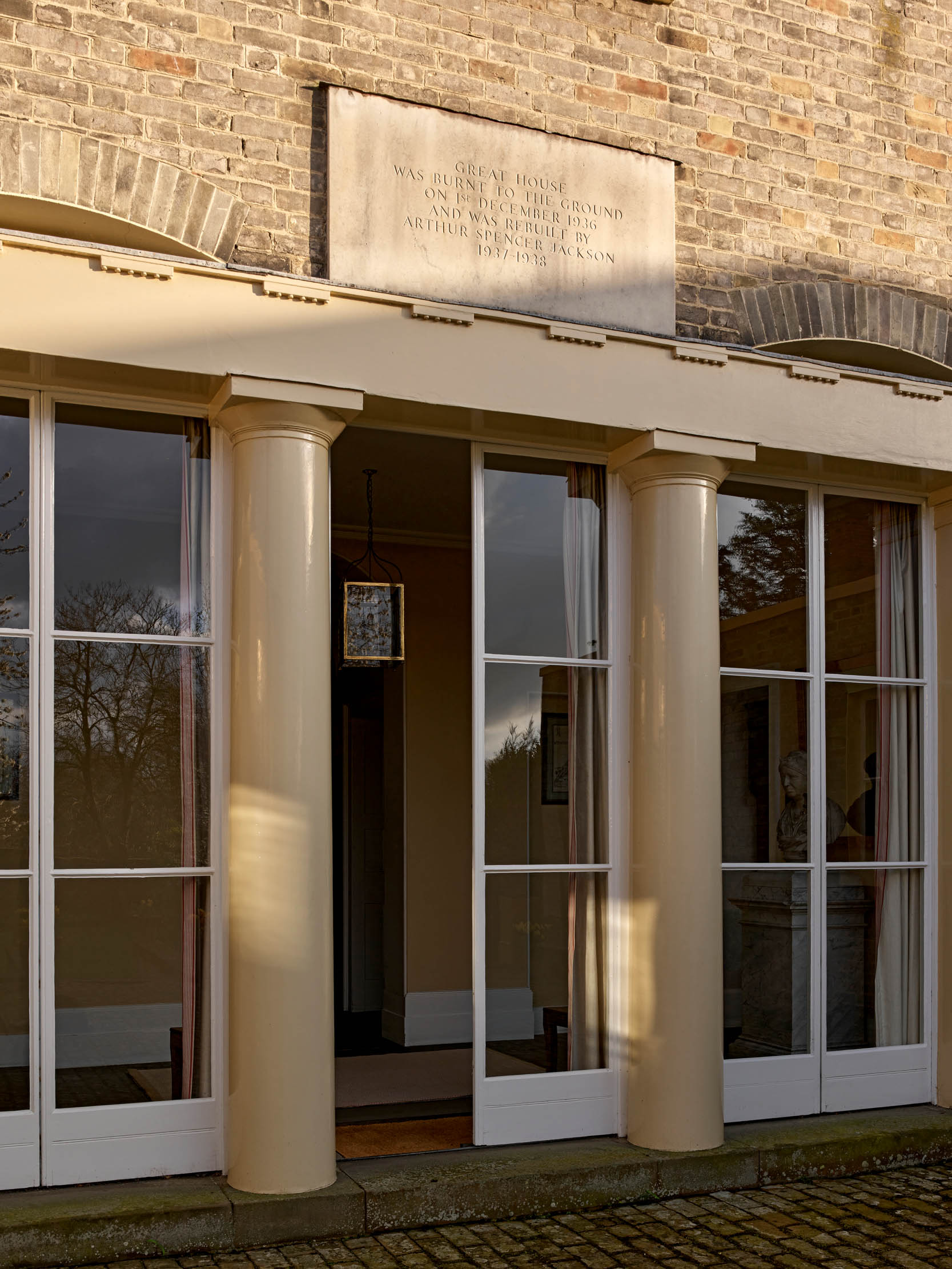
The main stair, which would have dominated a gentry house of the 1830s, is tucked into the north-east corner (Fig 4) and elegantly wrapped against a curved wall, with stone treads as proof against fire.
A secondary stair rises from beside the kitchen and extends to the top floor and, as Erith’s architect grandson George Saumarez Smith, has written, ‘far from considering it unimportant, Erith designed this staircase with the utmost care… the handrail is a simple copper tube that flows gracefully with the line of the stairs, and at the bottom folds around the last iron upright and drops plumb downwards, ending in a plain cylindrical post’.
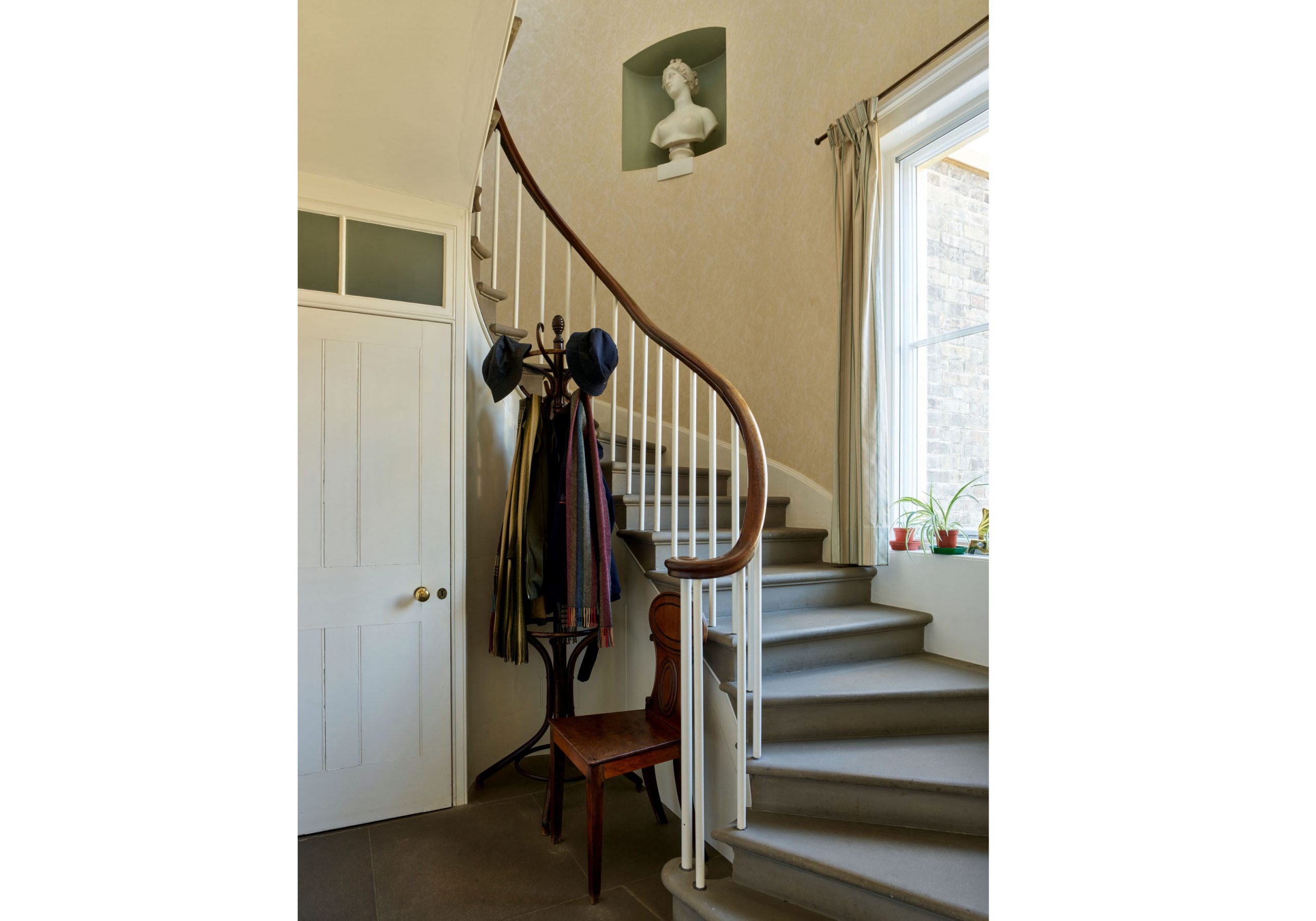
In the upper landing and corridor, smoothly curved arches create a delightful play of line and shadow as the top floor carves into the angled roof space. There are also beautifully framed vistas through the interior (Fig 6). Apart from the built-in kitchen dresser and bookcases, furnishings include a number of pieces designed by the architect that have made their way into the family collection. They include a robust dining room sideboard of 1930 from another Essex house and a china cabinet made for a family friend.
Affinity with the Regency period was not unusual in the 1930s, whether in fiction, novels or drama. Cloudy political skies across the Channel were repeating themselves as the febrile architecture of Nash and Soane experienced an upsurge of interest. In common with many of his contemporaries, Oswald commented in relation to Great House that Queen Victoria’s reign represented stylistic-ally a wrong turning, but that Erith’s ‘brilliant improvisation… shows how easily we can step out of the reign of King George IV into that of King George VI’. The design of Great House, however, also emphasises how little distance at times separated Modernism in architecture or furnishing from period revival.
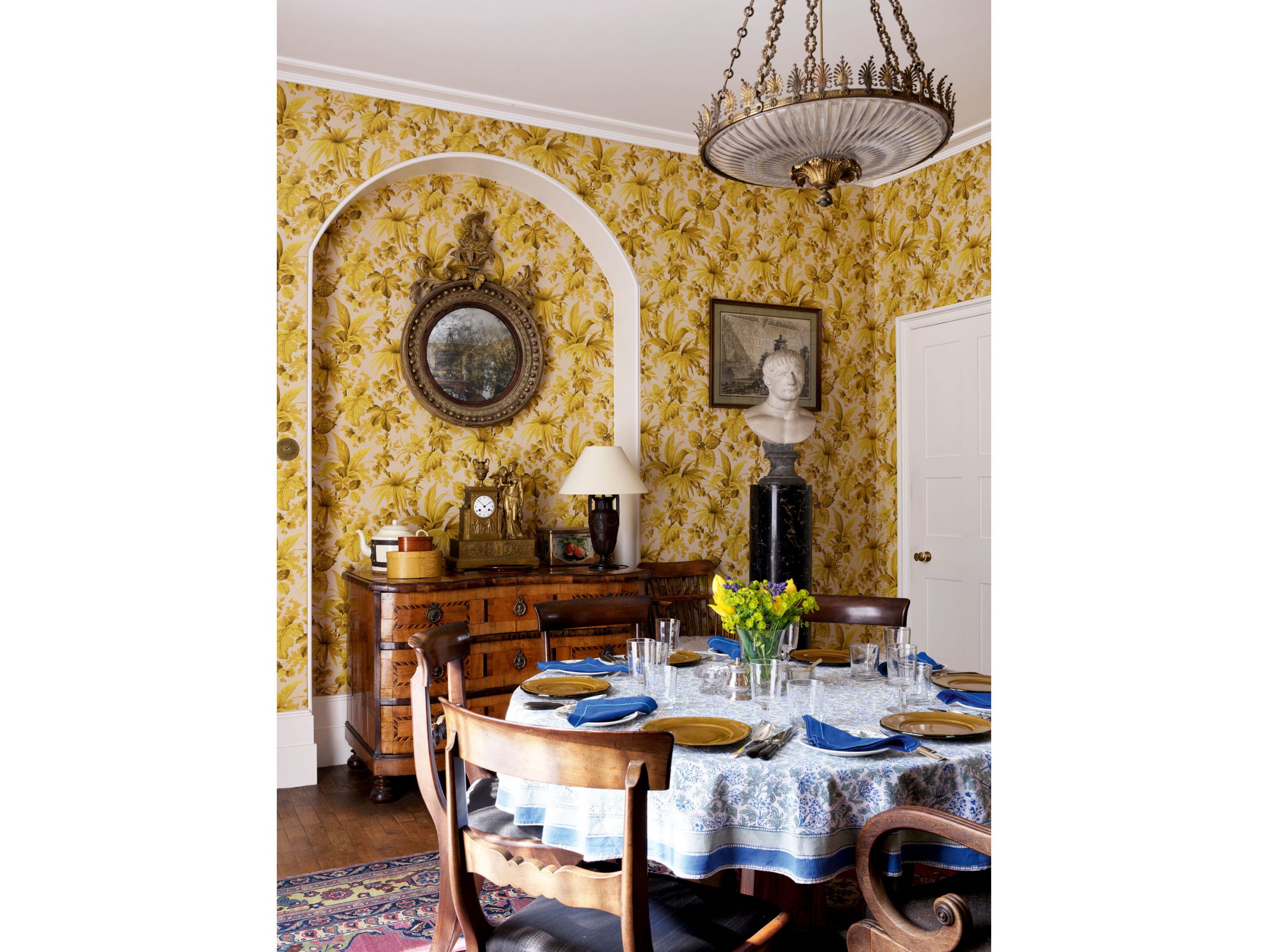
All this suggests that to view cultural developments as straight lines — rather than curves folding back on themselves—is to misunderstand how time and style interact. Eric Ravilious and other artist-designers straddled the boundary line between two centuries, creating a style for the new reign that has been described as ‘the George VI style’, something reinforced by the initials ‘G VI R’ cast in the Regency-style Carron iron grates through the house, to Erith’s design.
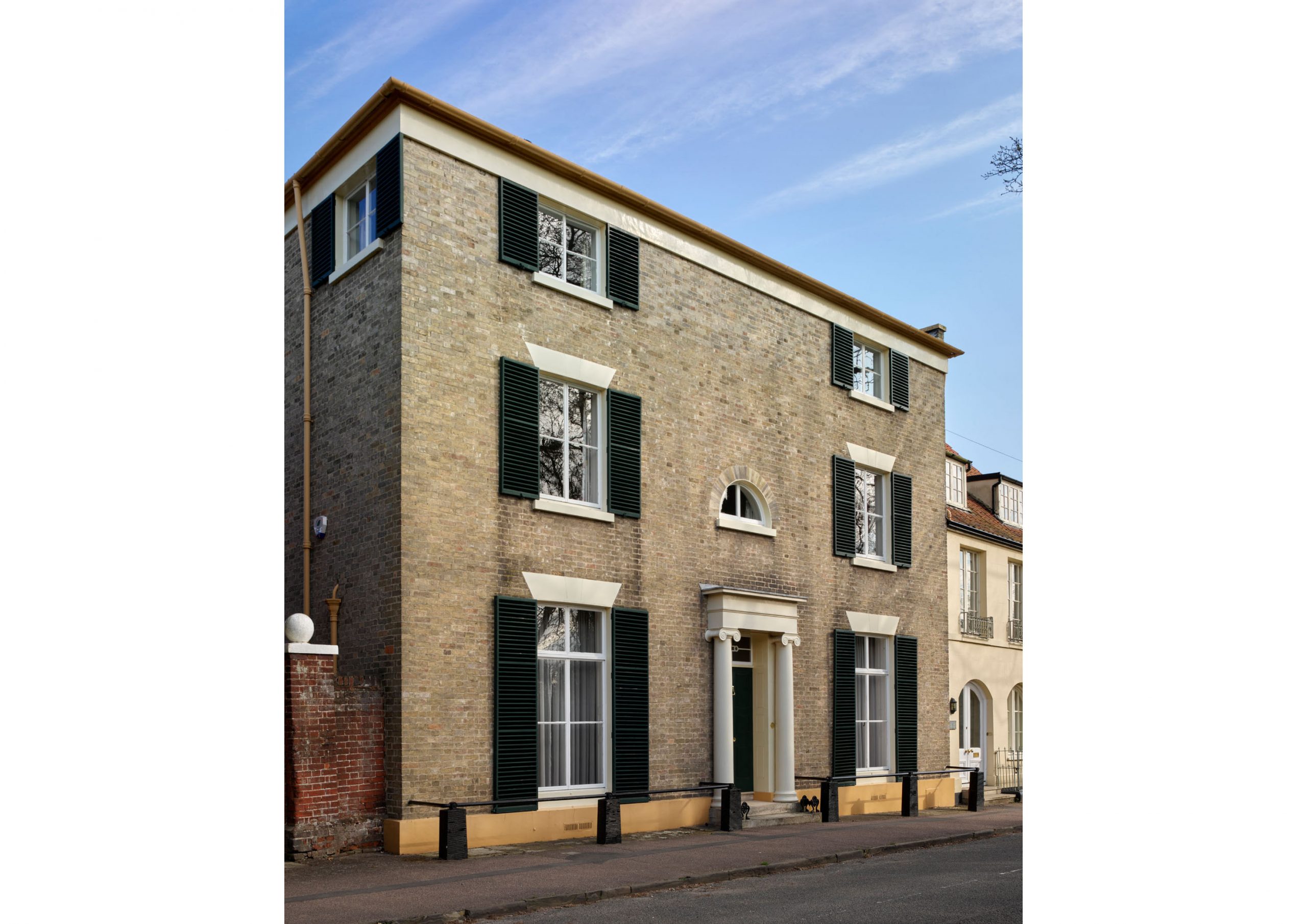
As his career progressed through a sequence of private houses, Oxford college buildings and, most often seen, but seldom recognised, the almost complete reconstruction of numbers 10–12 Downing Street, Erith moved his focus backwards through time with a renewed appreciation for the original work of Palladio that did much at a small scale with its roots in the cornfields of the Veneto, rather than the English Palladianism that lost this freshness.
His private notes and occasional lectures on architecture, selected in Mrs Archer’s 1985 book, deserve wider currency. Among the most moving is a passage found in a letter to Sir Anthony Wagner, the Garter King of Arms, written not long before the architect’s death in 1973: ‘All my life I have been waiting for the revival of architecture, I do not think it will happen but if the right idea can be put out at the right time I think it could happen. How wonderful it would be. The world could be beautiful again. And nothing, really, but a blind spot stops it.’
However much it fuelled Erith’s searching curiosity and invention, quite how revival might manifest is nothing as simple as the term ‘classicism’ usually suggests, but Great House, standing at the head of his career, goes far towards showing the way.

The best places to live for commuters: Essex
Good trains from Essex into Liverpool Street mean the county has five spots on the Country Life list of the
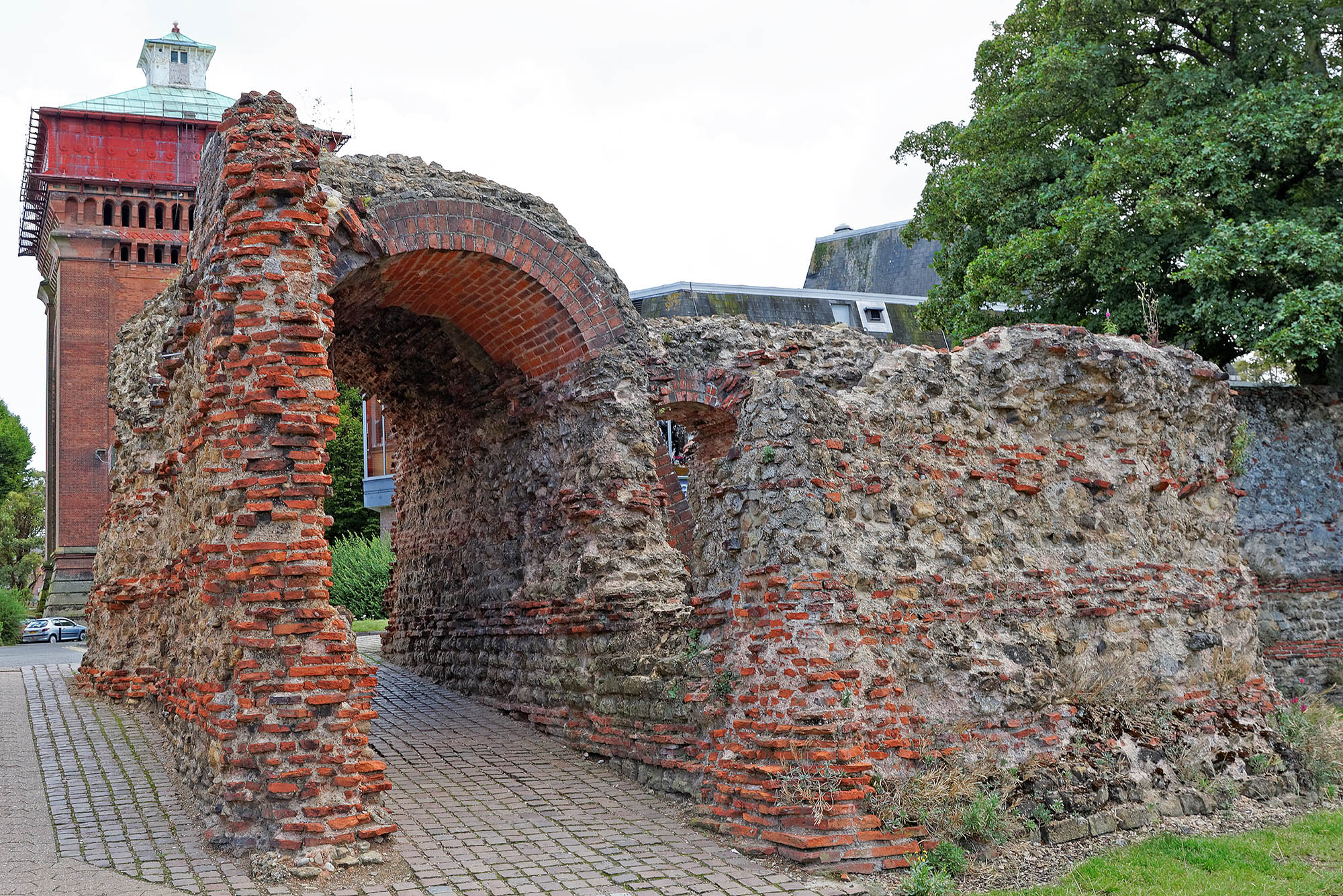
Colchester, Essex: The purpose-built capital city of Roman Britain
Clive Aslet considers the town that was one of Roman Britain's greatest cities — and even, for a while, its capital:
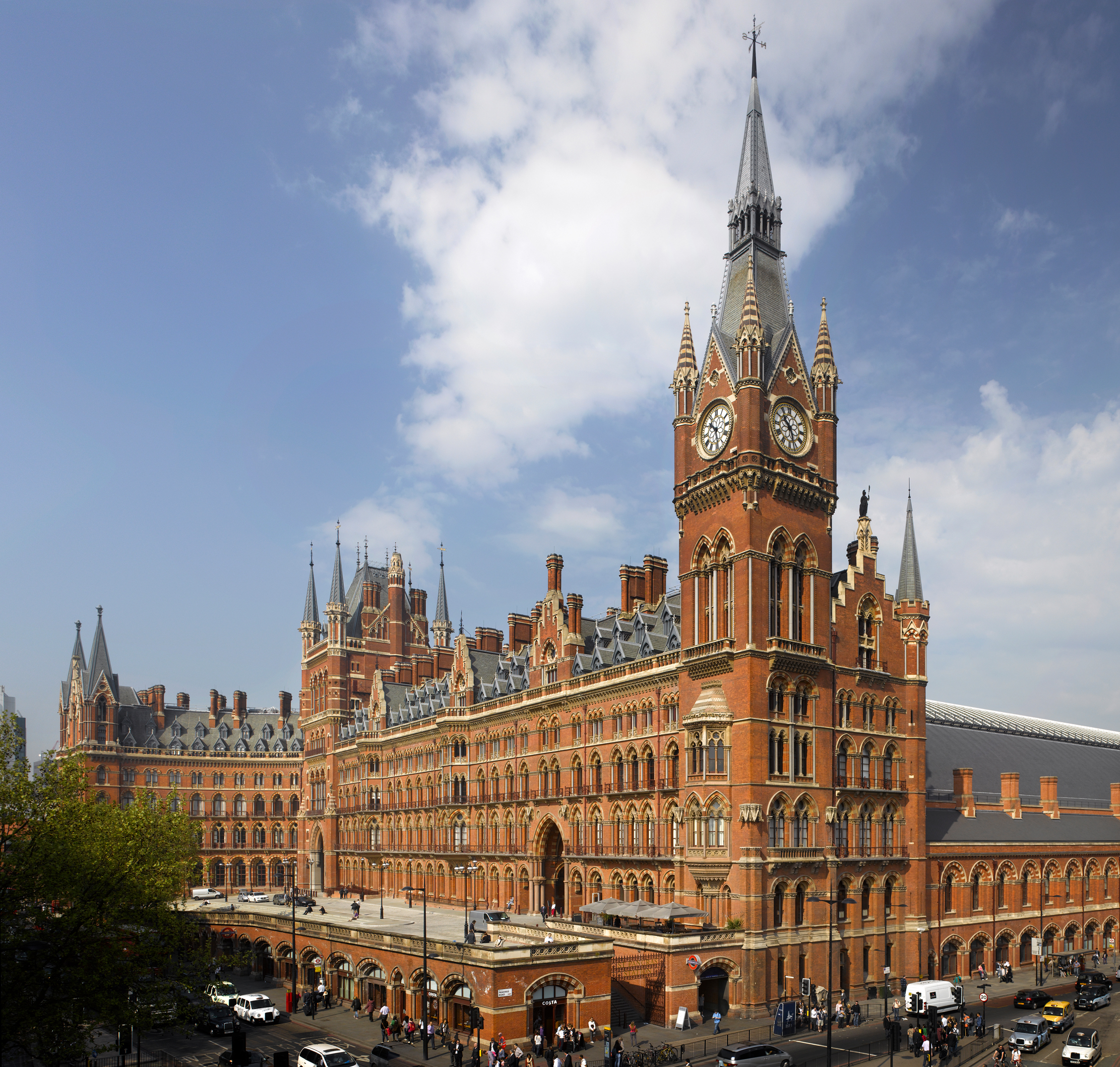
The immaculate restoration of the once-despised architecture of St Pancras station
'If the present popularity of the long-despised station would have struck our fathers and grandfathers as surprising, more surprises should

Leweston Manor: The uniquely charming house where Georgian architecture meets Art Deco interiors
Leweston Manor is a rare example of an Art Deco interior surviving within a Georgian building — and it's in daily